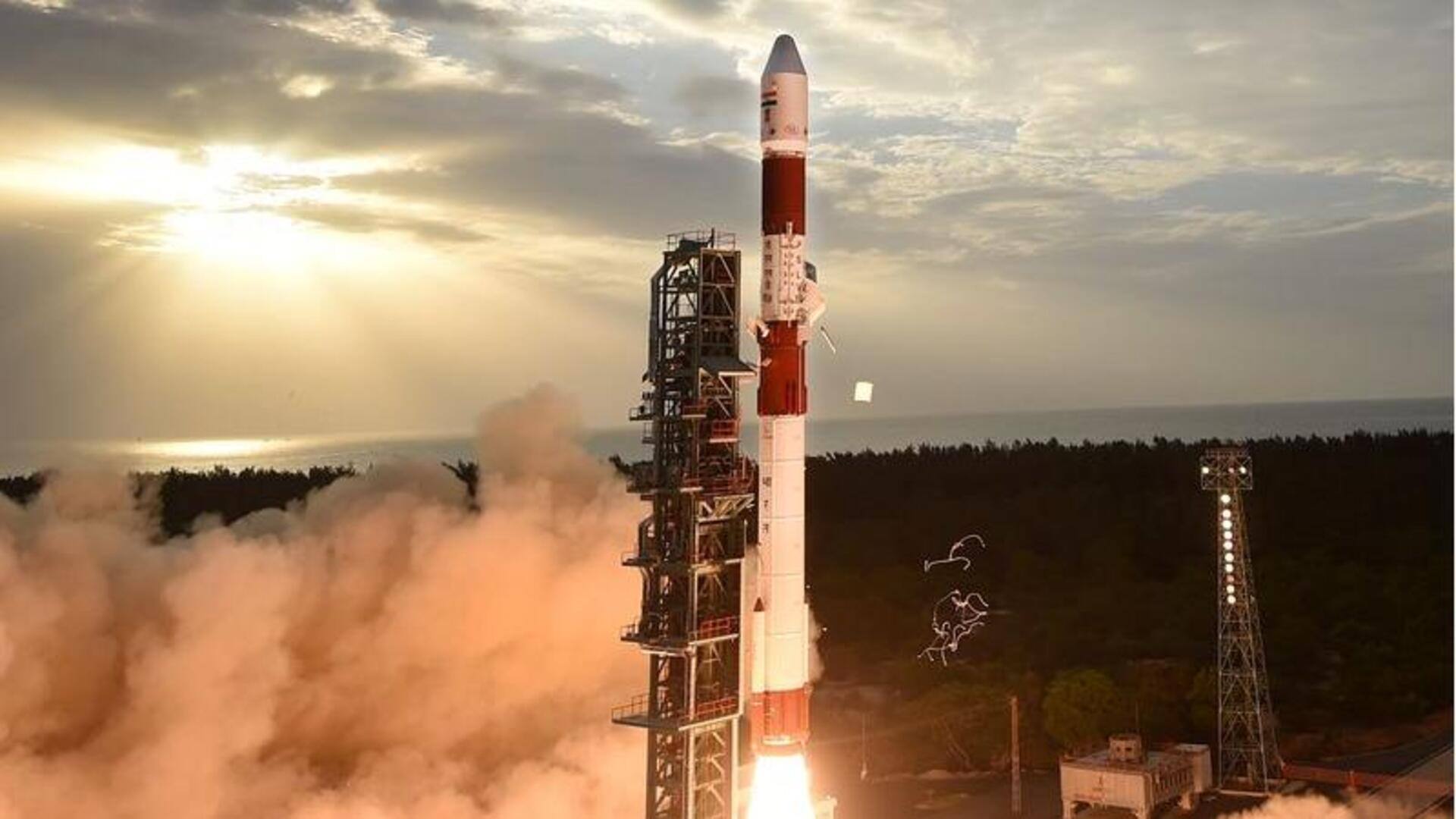
ISRO completes PSLV-C56-DS-SAR mission: Here's why it is important
What's the story
The Indian Space Research Organization (ISRO) has successfully accomplished the PSLV-C56-DS-SAR mission, which took off from Sriharikota. The Polar Satellite Launch Vehicle (PSLV-C56), which was carrying Singapore's DS-SAR along with six co-passenger satellites, has precisely inserted all seven satellites into their intended orbits. The mission is yet another testament to ISRO's strides in the space industry. Here's why it is a significant achievement.
Details
The mission is intended to serve Singaporean customers
ISRO launched the PSLV-C56 rocket from the Satish Dhawan Space Centre in Sriharikota at 6:30am IST. It carried seven satellites, that have finally entered their intended orbits. The mission was conducted in association with NewSpace India Ltd and Singapore. The satellite launch operation is a commercial project that has been carried out with the intention of serving Singaporean customers.
Importance
The PSLV-C56-DS-SAR mission is another achievement after Chandrayaan-3
The successful completion of the PSLV-C56-DS-SAR mission is ISRO's second huge campaign this month after the Chandrayaan-3 mission which happened on July 14. The PSLV-C56 launch has been praised by Union Minister Jitendra Singh as another milestone for the agency. The 360kg DS-SAR satellite, developed under a partnership between Singapore's DSTA and ST Engineering, would primarily support imagery needs of government agencies in Singapore.
Twitter Post
Take a look at ISRO's statement
🇮🇳PSLV-C56/🇸🇬DS-SAR Mission:
— ISRO (@isro) July 30, 2023
The mission is successfully accomplished.
PSLV-C56 vehicle launched all seven satellites precisely into their intended orbits. 🎯
Thanks to @NSIL_India and Singapore, for the contract.
Role
This is India's 90th space mission
PSLV rockets are known for successfully placing satellites into their intended orbits. ISRO has a success rate of 94% with PSLV launches. It's interesting to note that this is the spacecraft's 17th mission in Core Alone mode and India's 90th space mission. The PSLV-C56-DS-SAR strengthens India's international partnerships in space research and exploration while showcasing the country's technological prowess in the cosmos.
More
What role will the DS-SAR satellite play?
DS-SAR carries a Synthetic Aperture Radar (SAR) payload developed by Israel Aerospace Industries. It will offer coverage in all weather conditions, day and night. Also, when using full polarimetry, it can provide satellite imagery with a 1-meter resolution. The satellite will fulfill the imagery requirements of various agencies under the Singaporean government. ST Engineering also intends to leverage its capabilities to benefit commercial customers.
Information
What about the other payloads?
The PSLV-C56-DS-SAR mission carried six co-passenger satellites alongside the DS-SAR including VELOX-AM—a 23kg technology demonstration microsatellite, Atmospheric Coupling and Dynamics Explorer (ARCADE), SCOOB-II—an experimental satellite, a 3U nanosatellite by NuSpace, Galassia-2—a 3U nanosatellite that'll orbit at LEO, and ORB-12 STRIDER—developed under international collaboration.